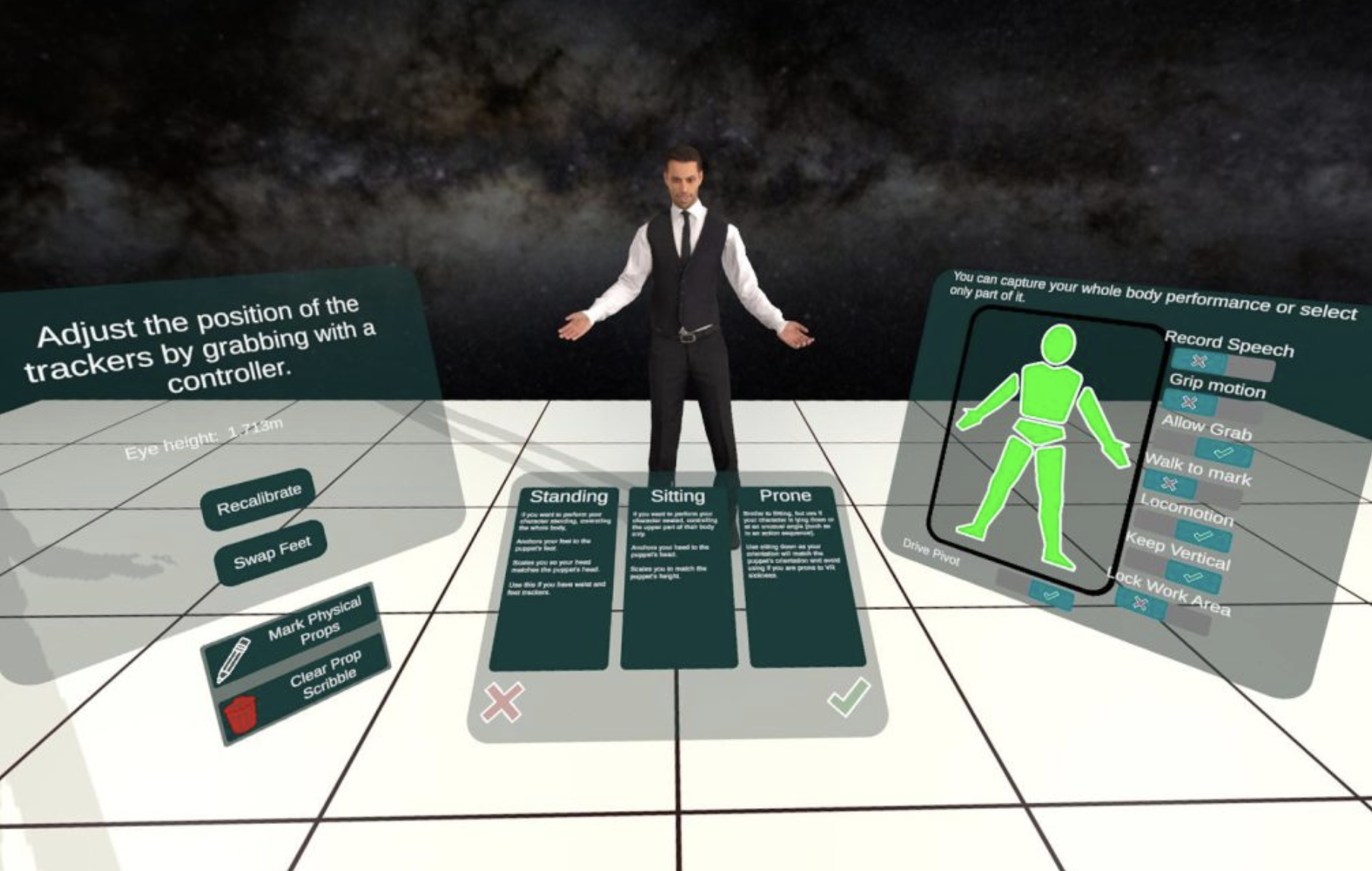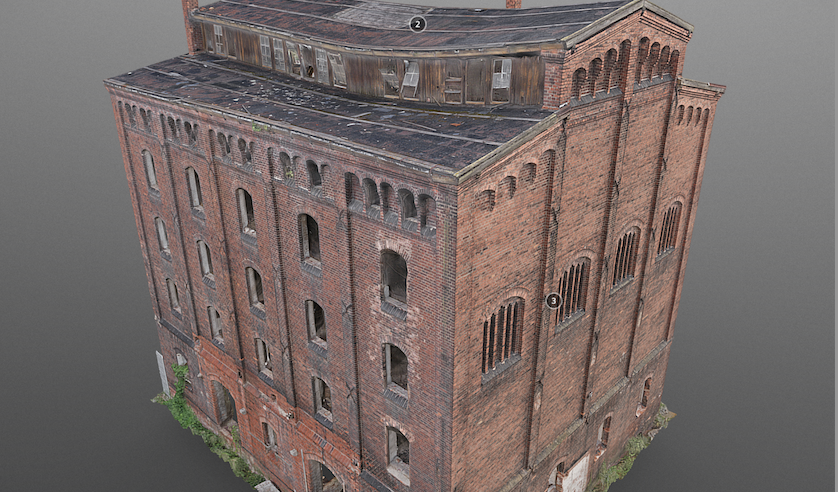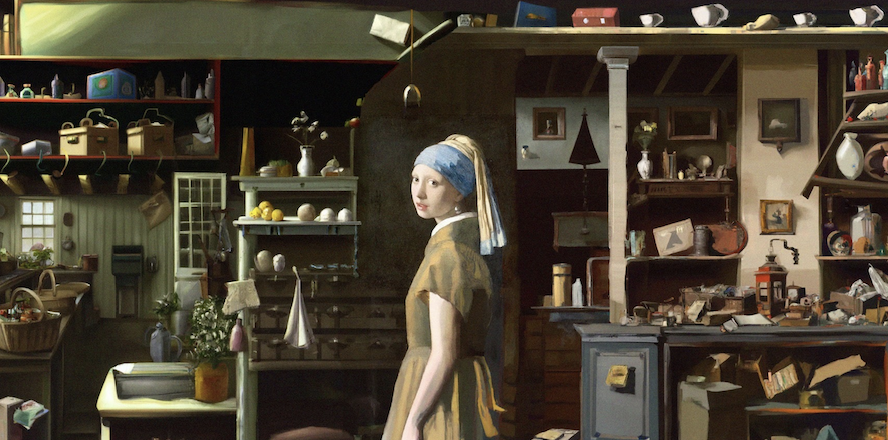Tech Update (May 2023)

This week, our review is a roundup of new releases, some tools and tuts that add realism to productions and some interesting new tools announced for moviemakers everywhere, irrespective of creative engine preference.
Releases
Blender has released version 3.5, with an astonishing hair toolset. See the overview here –
UE5 editor for Fortnite has been released – UEFN is a PC application for designing, developing, and publishing games and experiences directly into Fortnite. You can see the release launch at GDC here –
Reallusion has released an astonishing range of 3D motions and characters for Actorcore, called Run For Your Life. Its not cheap but then again it may well be the only action set you ever need. Here’s a a demo reel –
Facegood’s Avatary (made in China) has released a desktop facial mocap system with some basic functionality for free. Here’s a nice little overview of what this version of it can do –
Realism
The quality of modelling continues to astound – I’m still blown away by Unreal’s Substrate materials system, although you need an epic system to render no doubt –
However, there are a few other releases that we’ll share with you this month too. Firstly, the UE Crashes course – not just any ole course, of course, but one where you can see how to animate ‘epic’ car crashes in UE5 (is that too many puns… sure it is) –
Secondly, Taichi Kobayashi has developed a stunning Cliffwood Village – a large-scale and beautifully detailed 3D model for UE5 –
Finally, William Faucher’s use of Reality Captures’ tech to create an arctic environment for UE5 is also something stunning to see. Check out his overview of the creative process here –
Movie-makers
An interesting development is the release of what’s being badged as The Movies mark II, called Blockbuster Inc in which “You will take total control of your very own movie studio. You will be able to construct all the facilities, hire and manage all sorts of employees and stars with the aim to produce the most prolific films and TV” (Super Sly Fox, developer). Its not yet been released, but you can find the holding page on Steam here.
Big news of the month is that Moviestorm‘s long awaited previsualisation software, FirstStage (although they need a new intro vid on their YouTube channel asap), is finally out of beta with ver 32 (our cover image for this post) –
This will surely be a useful tool for all those major creative projects, whatever the final engine used may be including film, TV and video as well as 3D environment engine-based, and it is very reasonably priced at $10/month per user (non-commercial). For those with short memories, Moviestorm (its creator channel is here fyi) launched originally in 2007 at the First European Machinima Festival as I recall and became a platform that many used to create content long before the likes of Reallusion’s iClone and Source Filmmaker got a wider foothold. One of my all-time favourites made in Moviestorm was IceAxe’s (aka Iain Friar) Clockwork (2008), a retelling of that classic tale by Anthony Burgess –
What will be interesting, however, is how it will compete with the in-engine toolsets being developed along similar lines, for example, Matt Workman’s UE Cine Tracer which delivers a similar experience. Of course, there are also individual tools, such as this camera crane by Cinematography Database for UE5 –
That’s it for this week.






Recent Comments